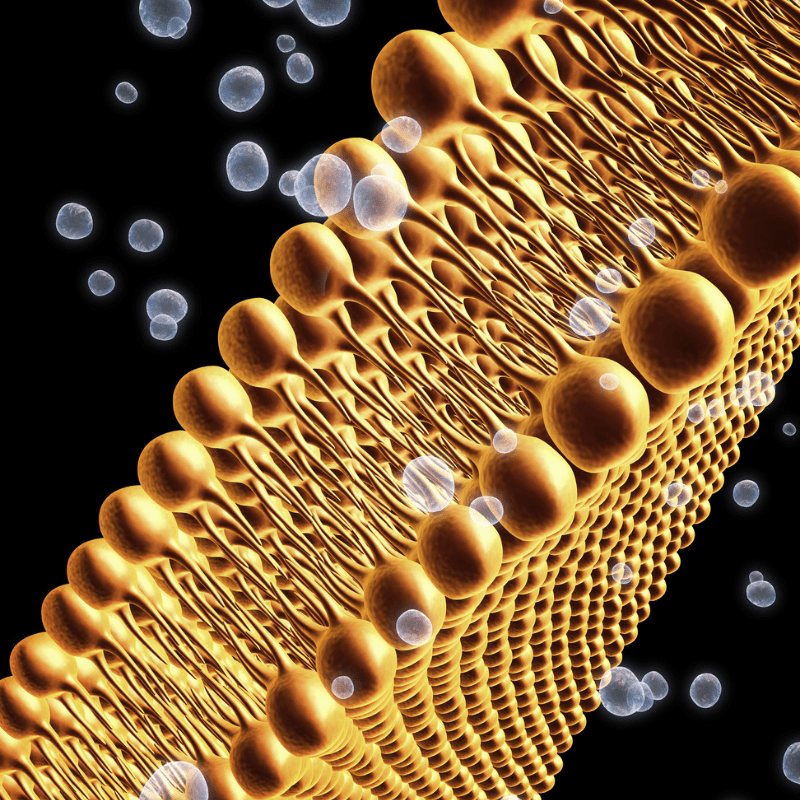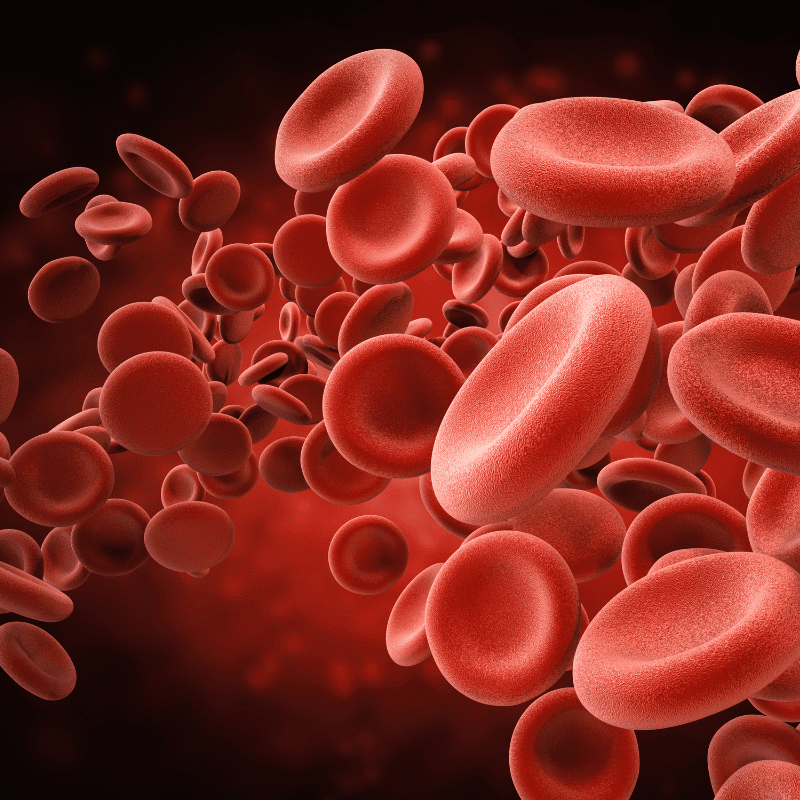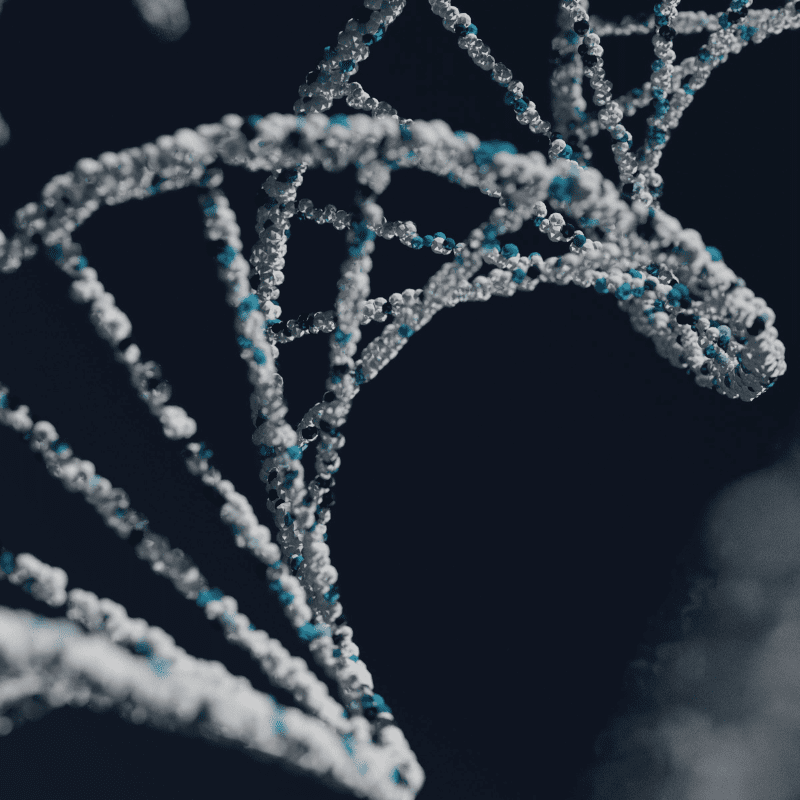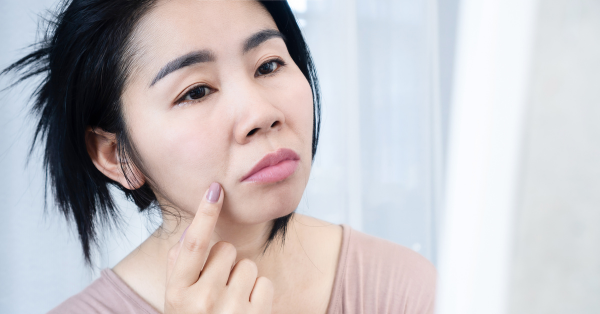Aging is a process that will be facing by everyone of us with the number of transition in the journey of life. There are several biological factors that might lead us to aging. For example, genetics, temperature, metabolism and oxidation affects or even accelerate the aging process. Thus, how does astaxanthin combat with aging?
1. Unique Cell Membrane Protection
Membranes are not only the gates to cells but also to aging because they balance intercellular communication, facilitate cell nutrition, and protect DNA from damage. Unfortunately, membranes are also the first target of free radicals. Astaxanthin, with its unique molecular structure, stretches through the bilayer membrane, providing resilient protection against oxidative stress. Astaxanthin can quench free radicals in both the inner and outer layers of the membrane, unlike most antioxidants, which work either in the inner (e.g., vitamin E and beta carotene) or the outer side of the membrane (e.g., vitamin C).

2. Effective Mitochondrial Protection
Mitochondria are tiny organelles within the cell that serve as “power plants” because they produce most of the cell’s energy. Mitochondria are also active generators of free radicals, which are byproducts of the energy producing process. When mitochondrial membranes are damaged by excessive free radical attack, premature cellular senescence and loss of cellular vitality occur. Research has shown that astaxanthin promotes healthy functioning of the mitochondria because it inhibits oxidation by scavenging free radicals along the membrane structure.
3. Enhancement of Blood Antioxidant Capacity
The level of antioxidant capacity in blood can be considered an indicator for assessing the strength of the body to combat degenerative aging and premature senescence. In fact, long-term disruption of the blood antioxidant balance is associated with cardiovascular and circulatory system diseases, neurodegenerative conditions, early signs of skin deterioration, and renal failure. Clinical studies have shown that astaxanthin enhances blood antioxidant capacity by preventing depletion of the body’s inner antioxidant defenses, such as catalase, glutathione, and superoxide dismutase.

4. No Pro-oxidant Activity
Some antioxidant molecules can become pro-oxidants, especially when under intense free radical attack due to smoking or intense UV radiation. High intake of pro-oxidants induces oxidative stress, which can seriously damage cells and tissues. Several studies have shown that astaxanthin safely quenches free radicals without any pro-oxidant activity; therefore, astaxanthin is classified as a pure antioxidant.
5. Potent Anti-inflammatory Action
Chronic inflammation is believed to be the silent disease at the heart of most degenerative conditions and lifestyle-related diseases. Astaxanthin quenches inflammation by inhibiting nuclear translocation of NF-kB, a major inducer of the inflammatory cascade. Clinical studies have shown that astaxanthin lowers inflammation in the gastrointestinal and vascular systems, as well as in muscles after intense exercise. Emerging studies also show that astaxanthin is able to reduce inflammation in the eyes, kidneys, and brain.

6. Reduction of DNA Damage
Free radicals cause DNA damage and mutation, which can lead to premature cell death and cancer. Immune cells in particular are highly exposed and vulnerable to free radicals. Clinical studies have shown that astaxanthin can reduce DNA damage caused by oxidation and free radicals and contribute to better functioning of the immune system.
After receiving so much of information, let’s come to an end. If you are seeking for products with astaxanthin, do visit our Organic Protein Powder with Astaxanthin >> Nuewee Organic Blackcurrant Protein with Astaxanthin

